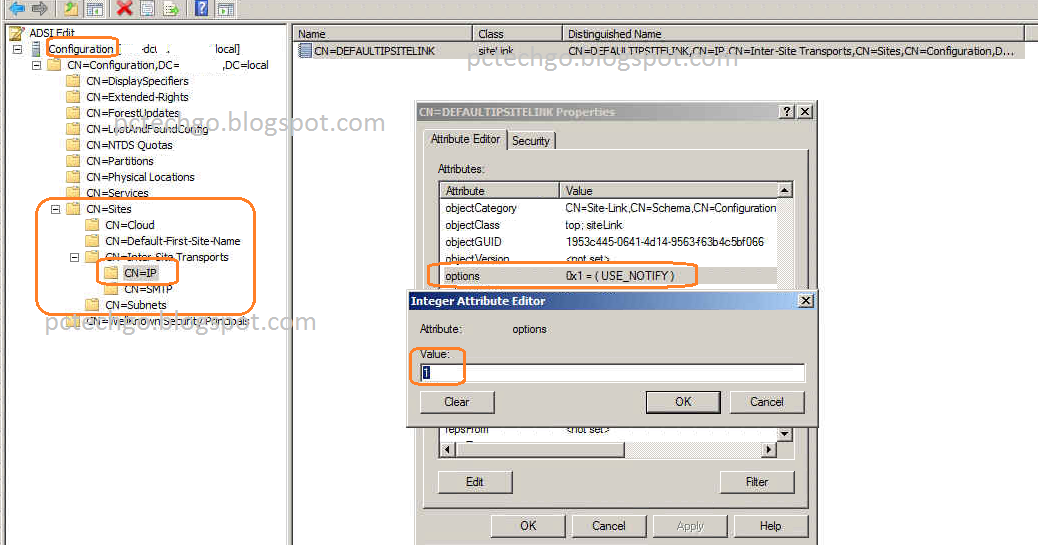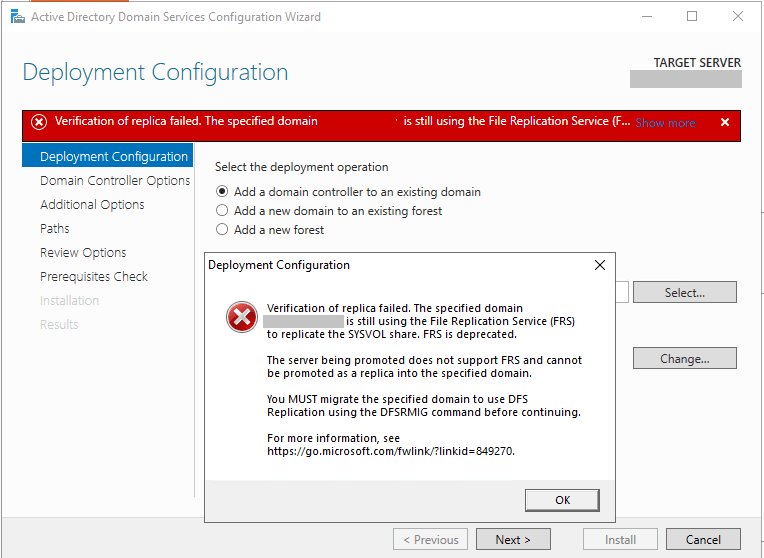Sensational Tips About How To Check Domain Replication

This is helpful to identify what.
How to check domain replication. In addition, this command displays the guid of each object that was replicated and its result. To keep your active directory in the best shape, you should periodically check the replication between domain controllers using the repadmin and dcdiag tools. Checks the validity of all.
In this article, i will explain how you check the domain controllers’ health, and i have written a script that will automatically check the health of all your domain. Navigate to the site for which you’d like to replicate the domain controllers. Itingredients 6 to forcefully replicate ad, open active directory sites and services console, click on dc02 than right click on ntds settings.
This helps you understand the role of each domain controller in the replication process. For replication to occur between two domain controllers, the server object of one must have a connection object that represents inbound replication from the other. Next, use the following command to see the replication partner as well as the replication status.
Repadmin is a great tool to quickly diagnose the health of your domain or to force the replication between multiple domain controllers. At the command prompt, type the following command, and then press enter: Expand it by clicking the arrowhead next to the site name.
Type the following command and press enter: Checks the validity of the file replication service system references for all objects on the specified domain controller. Identity management active directory post learn all there is to know about how active directory (ad) replication works.
This guide covers the basics of how. This can be used to check the replication status, view the replication topology, create replication topology and force replication between domain controllers, among other. This tool helps administrators identify, prioritize, and fix active directory replication errors on a single domain controller (dc) or any dcs in an active directory.
Administrators, users, or applications detect that objects that are created and changed in active. Dcdiag /s:specified_dc /e /test:replications (replace “specified_dc” with the name or ip address of the specific. The repadmin monitoring tool exposes replication failures.


















